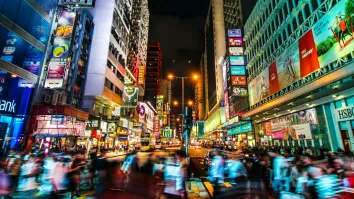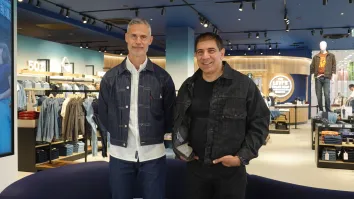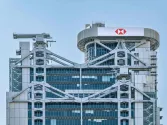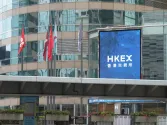Retailers rethink store layouts to match digital-era habits
IKEA is ditching its classic maze-like layout for a simpler, straight-line design.
IKEA’s decision to replace its iconic maze-like store layout with a simplified, straight-line design signals a wider transformation in the retail landscape—one that prioritises efficiency, flexibility, and brand clarity.
"I think we're seeing a move towards smaller format stores that can provide a more agile experience for customers,” said Rufus Turnbull, Founder & Creative Director at Studio X. “Alongside the advent of AI, this is going to see far greater focus on sort of hyper localisation in terms of product range and deployment and product fit for specific customers in specific regions."
The redesign, part of IKEA’s global strategy to streamline in-store navigation and reduce shopping time, reflects growing consumer demand for faster, more efficient retail experiences—especially as online-first behavior continues to influence expectations in physical environments.
Mike Lim, Director at DP Design, said that traditional models of inspiration-led retail—like IKEA’s once-anticipated printed catalog—have faded in relevance. “Nowadays, the consumer's first source of information is from the internet,” he said. “That’s why there is a need to rethink whether this show-and-tell shop front setting... is really providing the inspiration these consumers are looking for.”
The shift, however, is not without its challenges. According to Turnbull, the transition to more efficient formats should not be seen as an “all or nothing switch.” Large-format stores will still play a key role, while new, smaller formats are “there to allow for product pickups and for servicing and for customer service and returns.”
Lim cautioned against over-optimising for speed and efficiency. “The challenge is really to avoid the efficient trap and oversimplify... the shift of consumers wanting a quick and easy access shopping experience,” he said. Instead, he advocates for “retail plus experience” and “placemaking” that builds emotional engagement with shoppers.
Maintaining brand identity while changing store functions is another growing concern. “If a brand concept or a retail concept product... has purpose, it's more likely to succeed,” said Turnbull. “The most sustainable environment is not the one that's got the most green wall in it. It's the one that responds to market demands and lasts the longest.”
Lim added that brand identity must be “singular and really laser sharp,” and store design must carry that through across layout, packaging, and service.


















 Advertise
Advertise







Commentary
Packaging the future: Why Asia’s F&B sector must treat sustainability as strategy